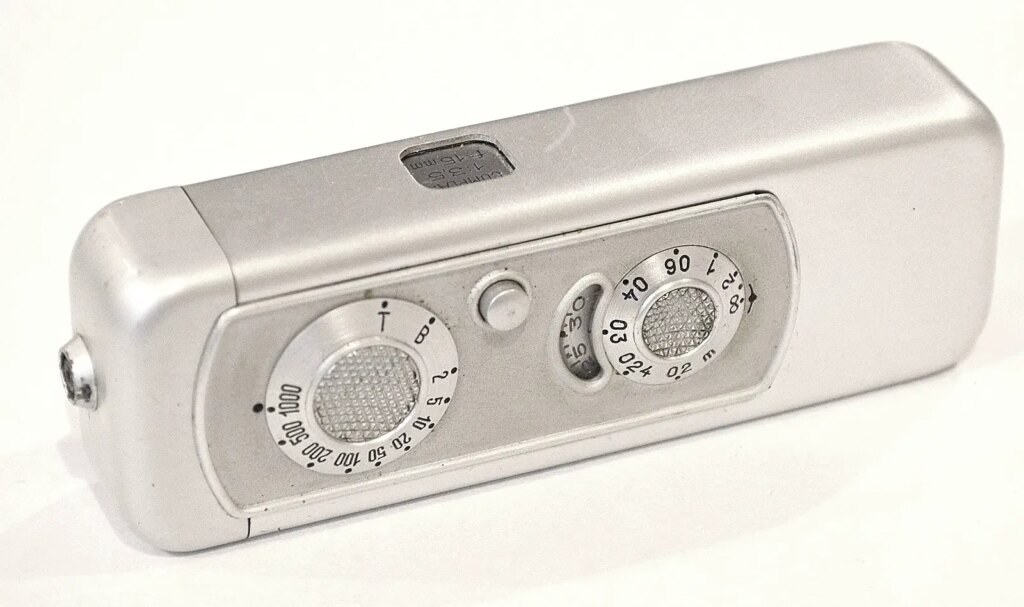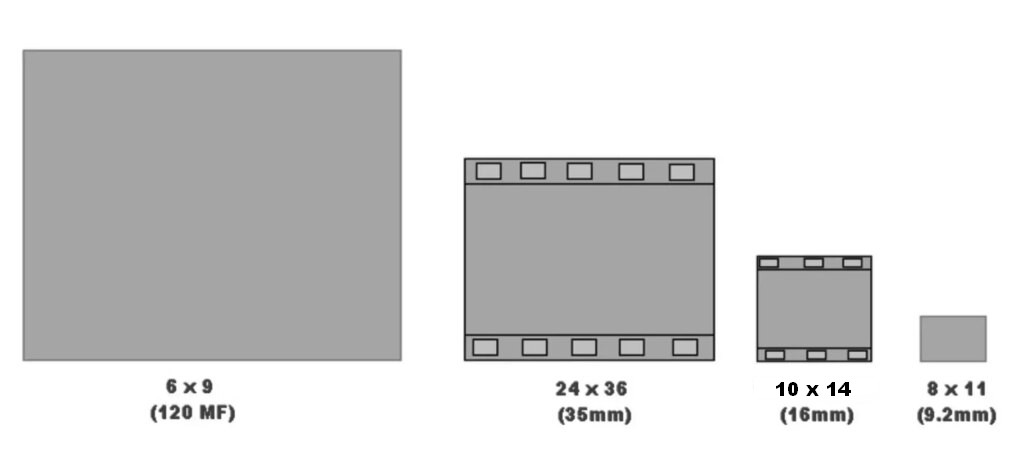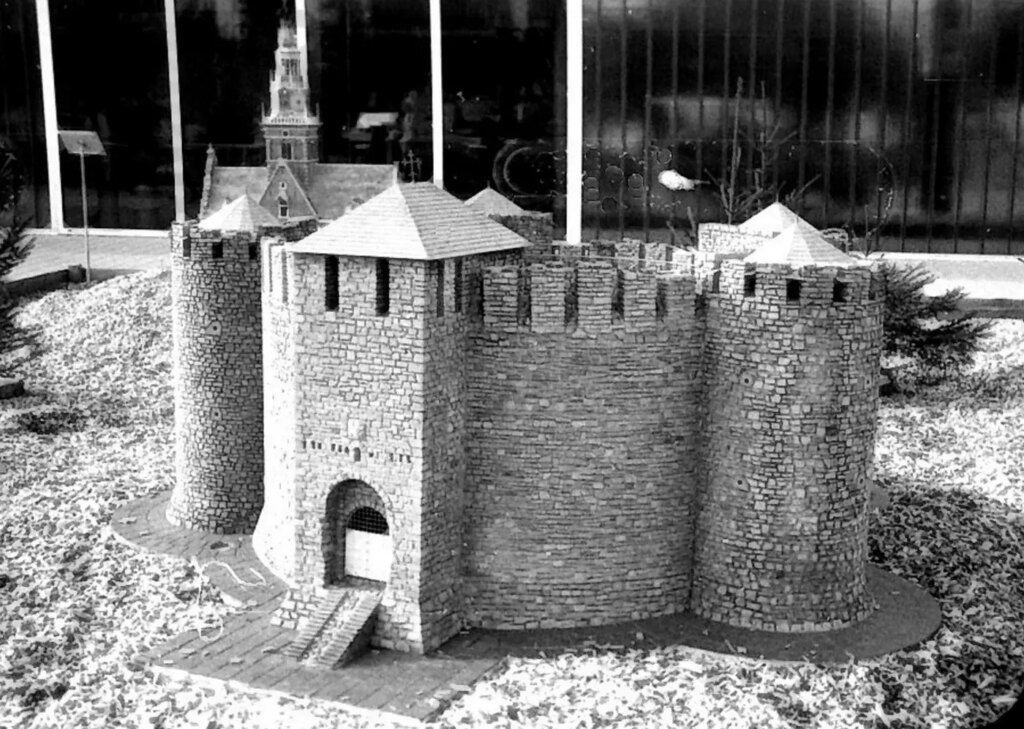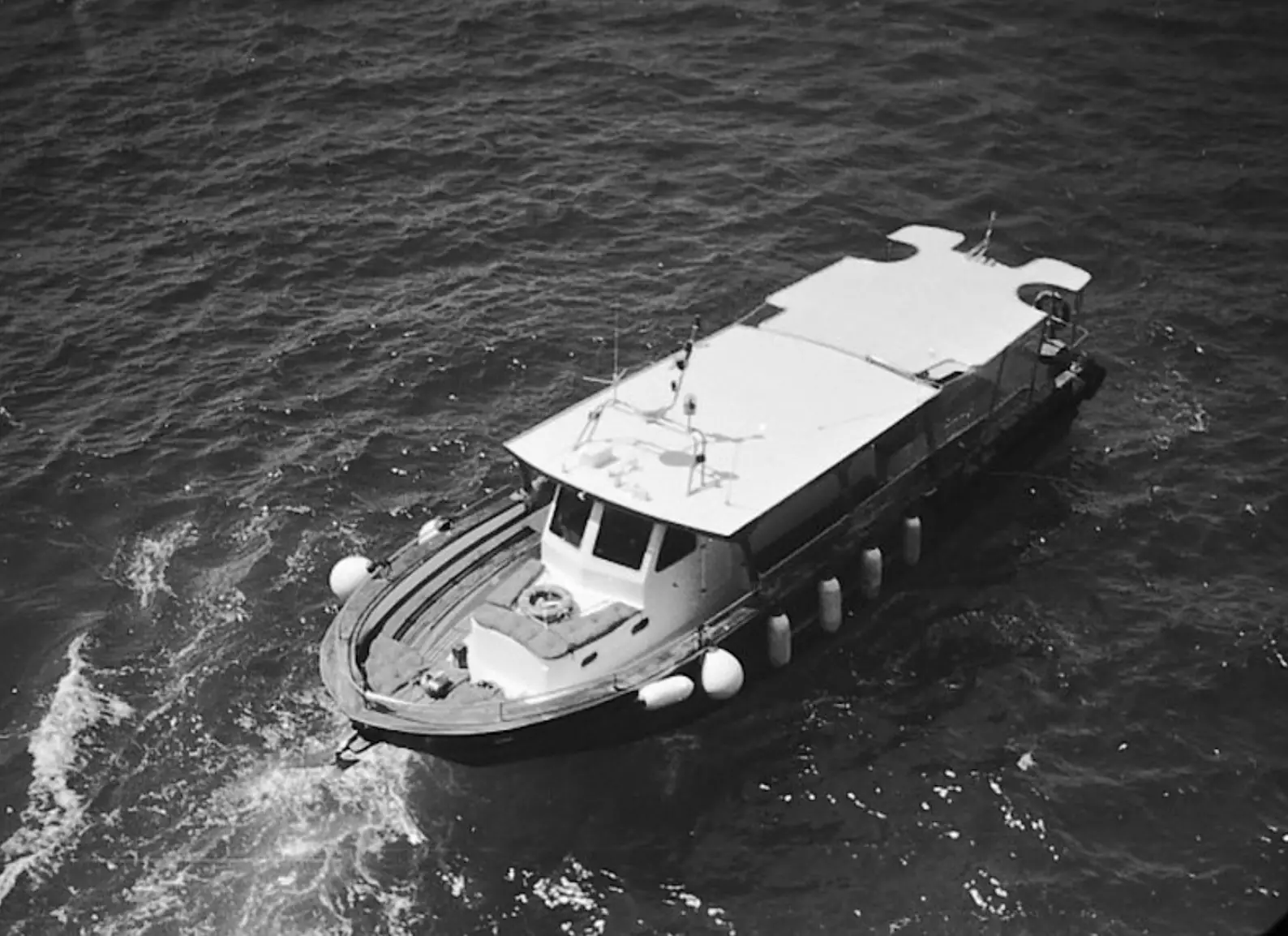Would it be a good move for you? I honestly don’t know. Would it? It all depends, I guess, on why you just bought one (am I right?). Perhaps you found one in an old box of stuff? Out of curiosity? You had a Minox once and have a wish to revisit the gone years? Have you heard marvellous things about this little camera? The Minox and its place in the photography world lies, as they say, in the eye (or hands, as it were) of the beholder (the user).
Indeed, from what I have seen in the last 20+ yrs of using Minox 8×11 cameras, there aren’t two ways about it: you either love it or hate it. OK, perhaps there are some who stand in between the two, but truth of the matter is that Minox can be a somewhat demanding piece of photographic technology. I believe that the learning curve however is not that steep.

Take for instance the Minox IIIs camera: fully mechanic, no meter, with only 3 apparent functions to help you get a decent image. You have to take into consideration the f-stop of the lens (3.5), and this is fixed, you can’t play with it like you would do with other cameras of different formats. But you have your shutter speeds and this is something that helps you tremendously.
And on top of everything else, you have to judge for yourself the distance to the object of your interest, and this should not be an unknown factor to you. Certainly you have met the zone focus system or similar settings on other cameras. And if you haven’t, you can acquire this information quickly, not a hard thing to learn. Almost all old cameras (and a lot of more modern ones) rely on this system.
The film is a different kettle of fish altogether, as you probably haven’t seen or worked with this 9.2mm width. It is a bit unsettling, I know, to shoot and process such a small format, granted. But it is film, nonetheless, and all that apply to a regular negative is certainly valid here. So, rest assured that if you overexpose your 35mm film, you will certainly manage to do this to the Minox format.

What is different, is the care you should take when cutting and processing your 8×11 format. If your 35mm or 120 film get scratched for some reason (dust, your own fingernails etc), the damage is, to be honest, sometime minimal. I mean if it’s a very fine dust speck, you probably can get away with it. With a generous frame size (24×36, for 35mm film) or 6x something (6,9, etc, for 120 film), there is plenty of room for such little scratches. Not that they are wanted, mind.
However, your Minox frame is only 8x11mm, and any dust speck that gets onto your negative will create havoc with your images, and the damage will be visible as large as a boulder. But, with care and experience, this is usually avoided.
And have I mentioned the size of the frame? A tiny, little, barely noticeable as a film negative frame. And you already know that, as the size of the film gets smaller, the details are harder to be caught onto the film and final support, be that digital (scanned) or on paper (printed). When you think of 9.2mm versus say, the 35mm frame, you get a feeling of uneasiness, because you wonder how in the name of Ansel you’ll get anything printable off that fly-size of a film. But you decide to shoot the film, come what may, and sort the details later.

Right, so you shot your Minox film and you try to see where to get more, and of course, where to process the one you just finished. And you discover that the Minox film negative is really expensive, and so’s the processing, scanning or printing. You deflate in an instant, for this would seem a sport for a very rich fellows, which you’re not. Suddenly that little gadget has less appeal than it used to a few weeks ago. Suddenly your mind drifts towards the larger formats, because you are best acquainted to them, or because the vast majority of people tell you they are not a nuisance, not in the way Minox is.
BUT. You decide to look further into this Minox business, because you are not an easy to discourage fellow. And you want to know how come others have succeeded where you have not, in this Minox photography thing. And you read more, experiment more, try different techniques, discuss with others who use this format and cameras, and you get more interested in Minox than you ever thought you would.
Of course, in this time and age when the film cost skyrocketed, the financial aspect of photography cannot be ignored. As with all formats, the 8×11 film is pretty dear, if you were to buy it already rolled up in a cassette. But there are ways to cut the costs. For instance you’ll discover that many cut their own Minox film from 35mm negative stock, an operation that can be mastered in a rather short time. Granted, a film cutter will cost around 100-150 (euro or dollars, they’re on par now), but for that money you will be able to get your Minox film down to a quarter of what it costs now if you buy it prepacked. Even with the rising prices of the 35mm film negative, the math is this:
1 x 30.5 metres of film (say, Fomapan 100, 200 or 400) – 50 euro
1 x Minox film cutter (35mm to 9.2mm) – 150 euro
Considering the length of a 40 exp Minox film strip is only 65cms, you will get some (roughly) 90 Minox films. Even with the losses one will get when cutting film, you will have at least 80 good Minox films, 40 exp each. Then, if you would consider the cost of 1 x prepacked Minox film of 36 exp is between 15 and 25 euro (very conservatively), for the same number of Minox rolls you will have to pay 1200 euro. I see some differences here, do you? Re cutting and spooling the film, a walk in the park, in the dark that is. But you will manage, I’m sure.
But then, what do you do when film has been shot? Sending it to be processed to some lab (for many of us, this means in a foreign country) will cost you a few tens of euros. Including the postage to and fro, you will somehow burden that bank account of yours. So, is there a solution, like that found above? Course there is: DIY.
Get yourself a Minox tank, used, and invest in some chemicals. Or, you may buy a Minox dev reel, 3D printed, and use that in your 35mm dev tank, if one’s available. Developing wise, D76/ID11 or Rodinal springs to mind, and accompanied by a bottle of 1ltr of Adox fixer, cheapo as one can get, trust me. Do not bother at this moment with powder chemicals, although they are cheaper. Just buy liquid, so you can focus onto the processing itself not on how the hell am I going to dissolve that blasted powder pack. And buy small amounts, not by the gallon.
No need for all the trinkets that usually accompany film processing at home, such as expensive timers, thermometers, tripods, viewers, flashes. Just go to the market, find the kitchenware stall and get a couple of 100 ml beakers and 1 x 1 litre one. Get a 5 ltr water large bottle, and use that for watering your Minox processing. Your timer will be your mobile phone, it has that function, you know. You’ll need a thermometer, so get a cheap one, photographic of course, from the evilbay, like 2 or 3 euro plus postie. Get yourself that Massive Development Chart phone app, works like a charm. You’re all set now, you can process the film yourself. Of course you’ll ruin some of them initially, but in a rather short than long time you’ll be able to like what you photographed.
Go digital when it comes to the negative enlargement. Just acquire a not-so-expensive scanner, perhaps a used but good order Plustek 7200. Get a Minox negative holder for that scanner from here, it is a great tool. There are a good number of photo editing software applications free of charge, get one and use it. Granted, it is not Adobe Lightroom but it will get you into the digital darkroom.
Now, consider all of the above. What you will get in return?
- A camera that will never leave your side, will never fail to be there when you’ll need it, a companion for all your trips or travels or holidays.
- A subject for casual conversations and one of the best starters for such.
- A camera that will be able to take pictures in circumstances when other camera will appear offensive or frowned upon.
- A rapid snapper of images in a hurry, in all sorts of circumstances, wherever you may be.
- The only camera which can take pictures at a closeup of 0.20cm, with a fixed focused lens.
- The ability to take out the film and drop another one in an instant.
- A much discussed piece of history.
- An example of a camera believed to be a step stone in creative human technology, worthy to be displayed at the MOMA in New York. And much more.
Or you can always get a Minox EC, 8×11 film format as well, which will make your life much easier. It is such a simple camera, that all you have to do is load and shoot, load and shoot. Simple as that, really.
This I can tell you right now: using a Minox camera is a singular experience. It could very well be that it’s not a camera on your liking, for any number of reasons. Anyways, I only made a feeble attempt to turn you to the Minox side. Have I succeeded? Let me know, please. If yes, good luck. If not, perhaps another time. Minox time.
Share this post:









Comments
Bob Janes on So you want to get into Minox photography?
Comment posted: 19/04/2023
While I'd put forward the Rollei A110 as an even more practical 'slip-in-your-pocket' camera, I think you have made a very good case for the Minox...
Comment posted: 19/04/2023
Comment posted: 19/04/2023
Simon Cygielski on So you want to get into Minox photography?
Comment posted: 19/04/2023
Comment posted: 19/04/2023
Castelli Daniel on So you want to get into Minox photography?
Comment posted: 19/04/2023
I should have called 007.
Comment posted: 19/04/2023
Lilianna Elrod on So you want to get into Minox photography?
Comment posted: 19/04/2023
Ian R on So you want to get into Minox photography?
Comment posted: 19/04/2023
Comment posted: 19/04/2023
Richard Arbib on So you want to get into Minox photography?
Comment posted: 20/04/2023
Comment posted: 20/04/2023
Comment posted: 20/04/2023
Comment posted: 20/04/2023
Lilianna Elrod on So you want to get into Minox photography?
Comment posted: 14/05/2023
Great article Julian.
Comment posted: 14/05/2023
Fred Stock on So you want to get into Minox photography?
Comment posted: 25/05/2023
However, it is a bit of a problem to find empty Minox cassettes when cutting 35 mm film and refilling is considered. Currently, I'm waiting for a film cutter and a dev reel, ordered from a 3D printing service. It has cost me less than €30 to have these items printed, but I have no idea if these will work well, lacking experience with 3D printed objects.
It seems also to be possible to 3D print the Minox 8x11 cassettes. Do you know if that gives good results in the sense of fitting in the camera and being light tight?